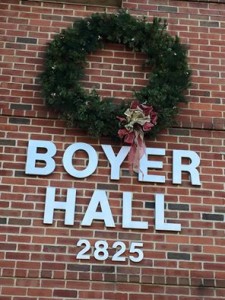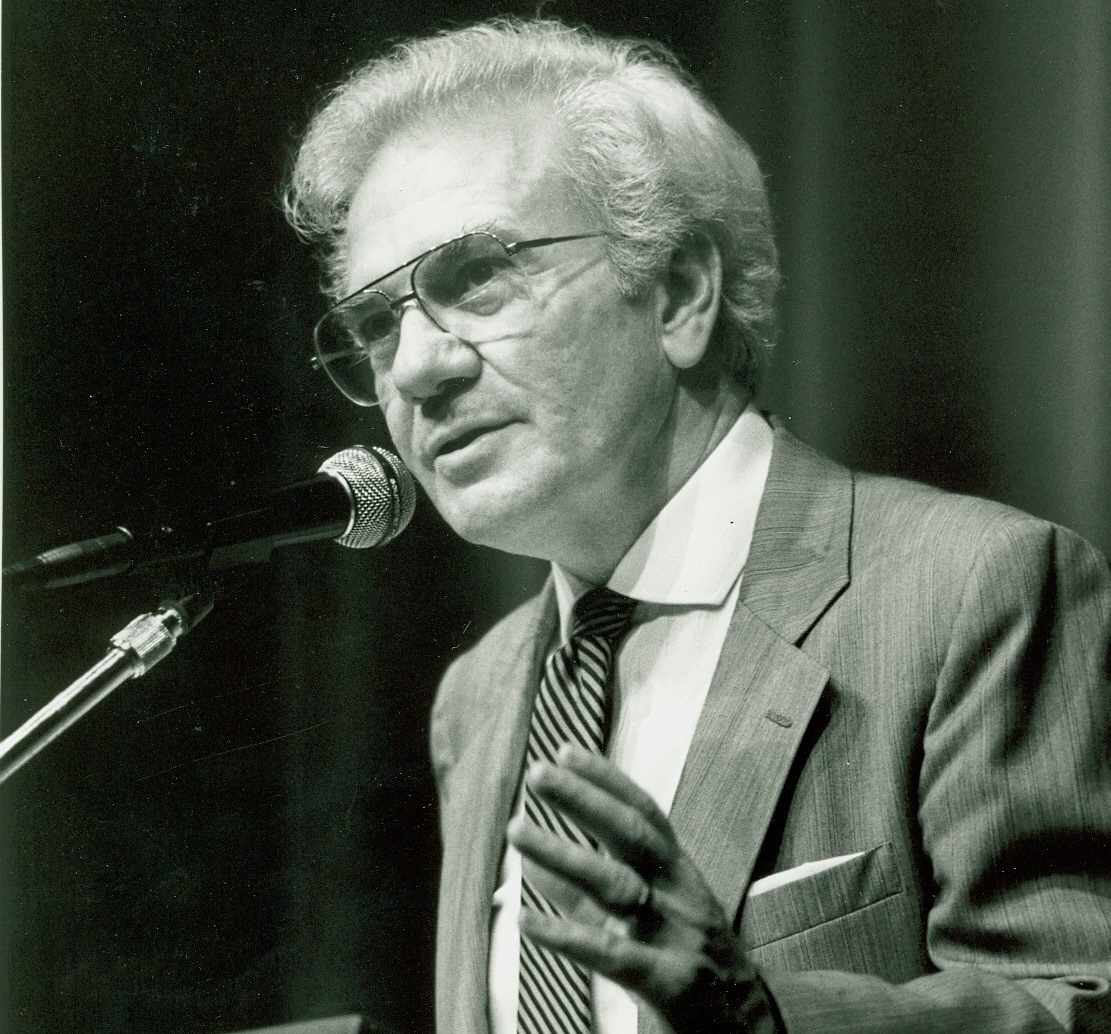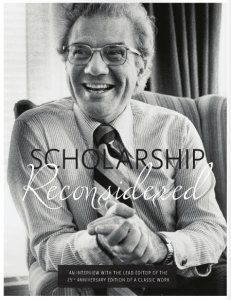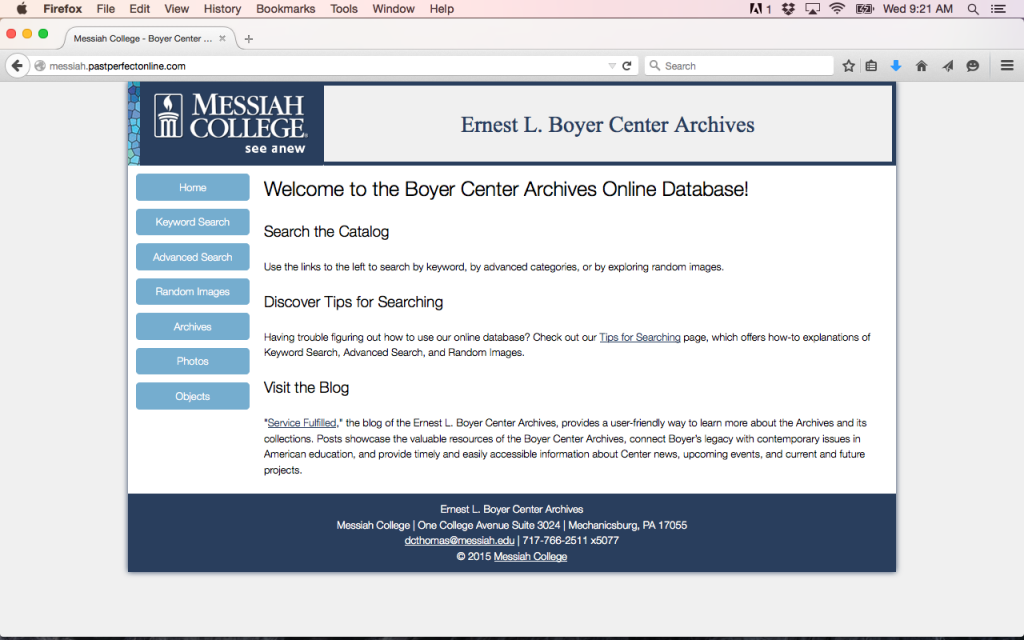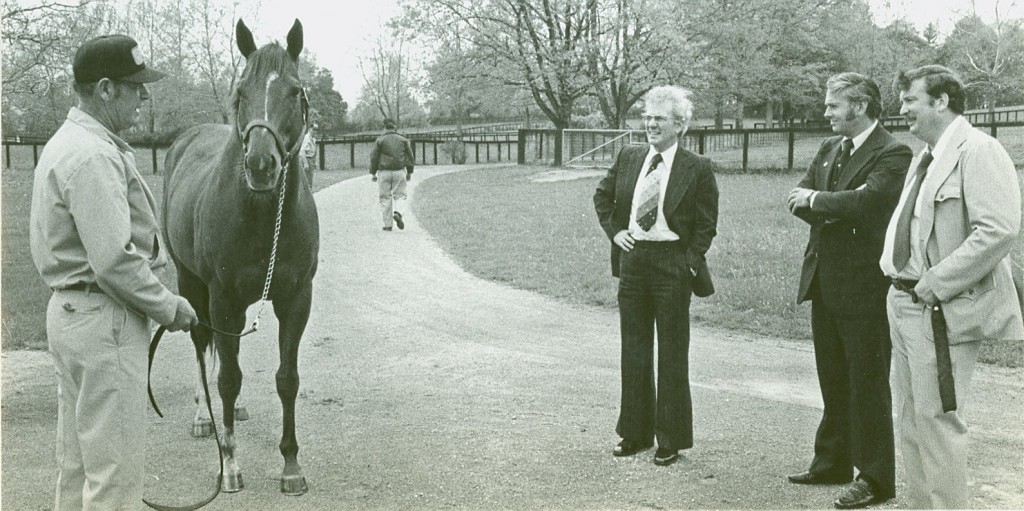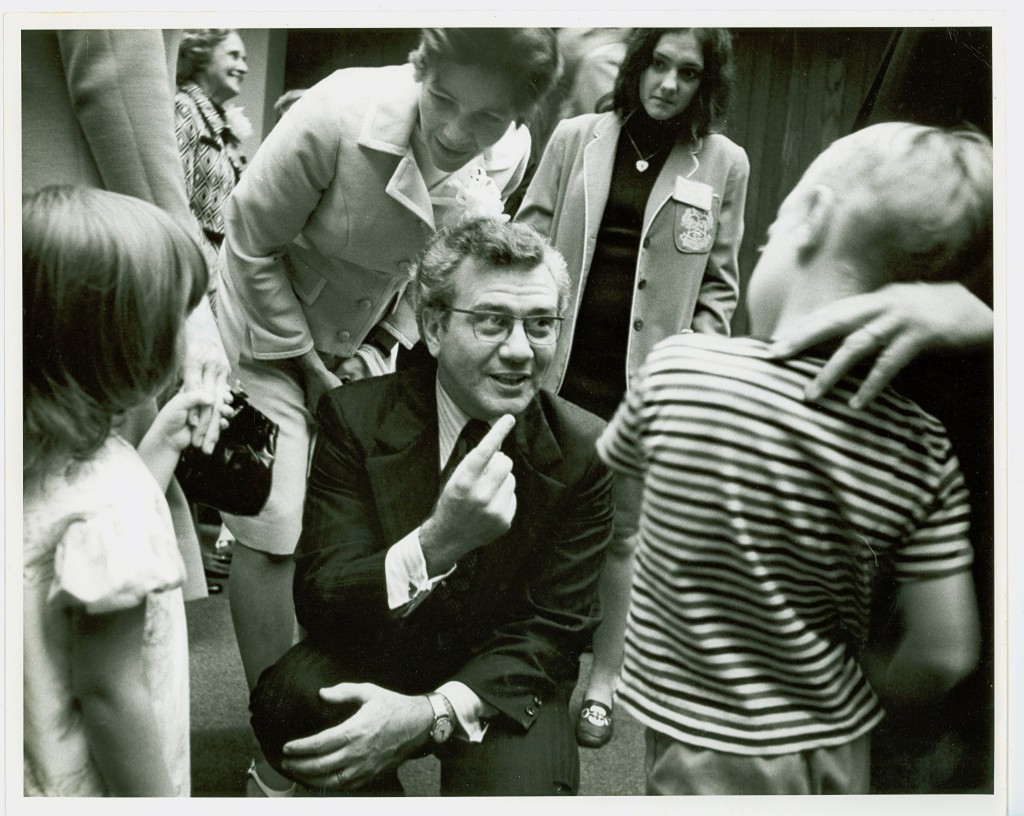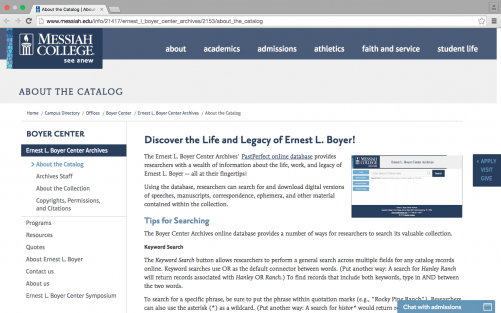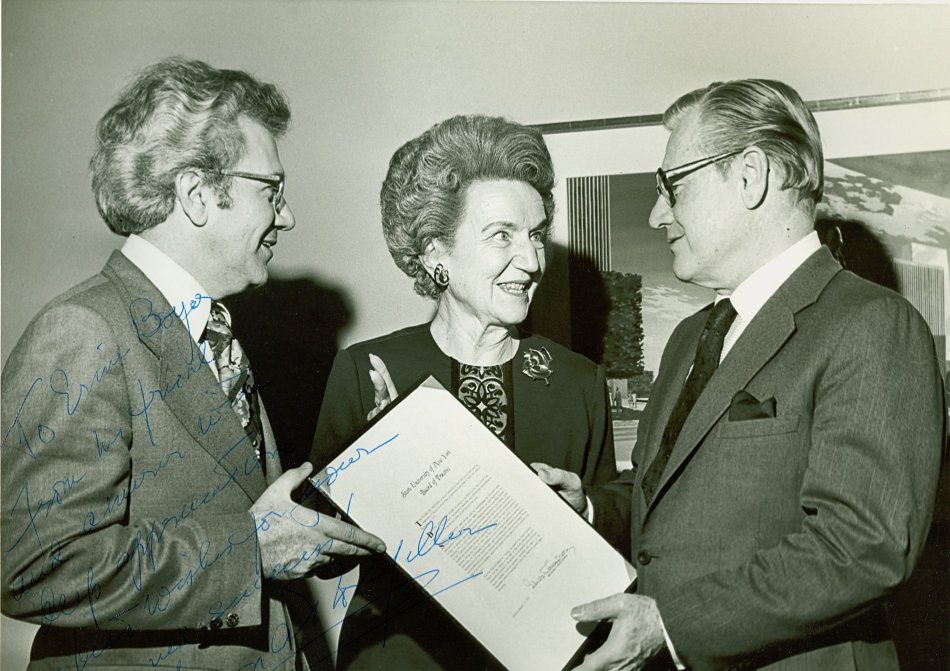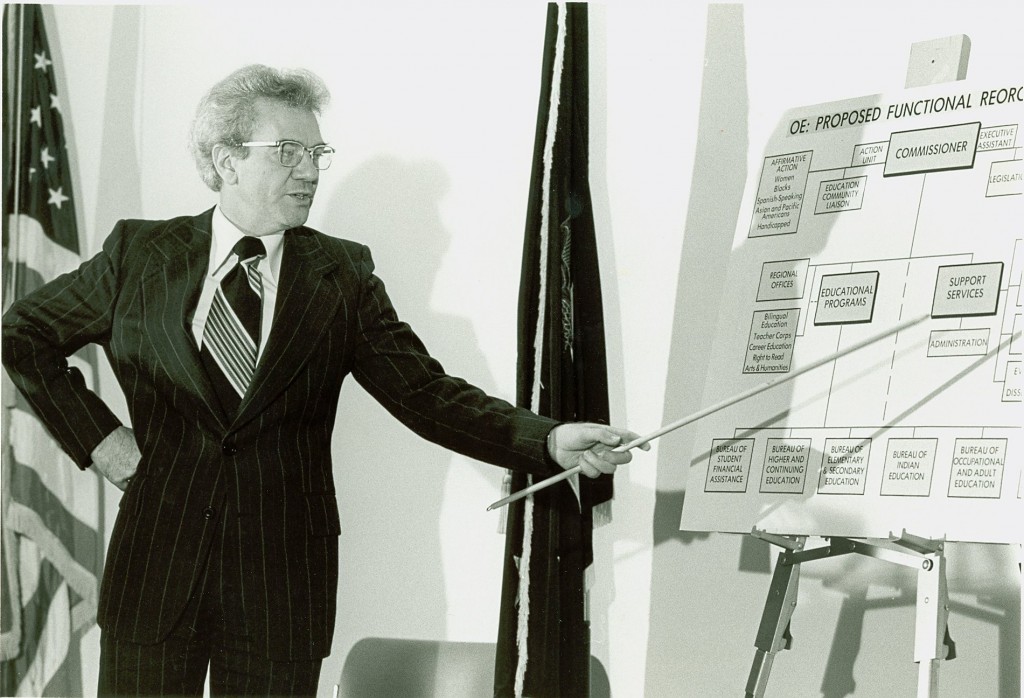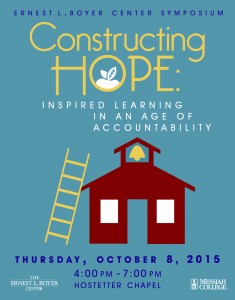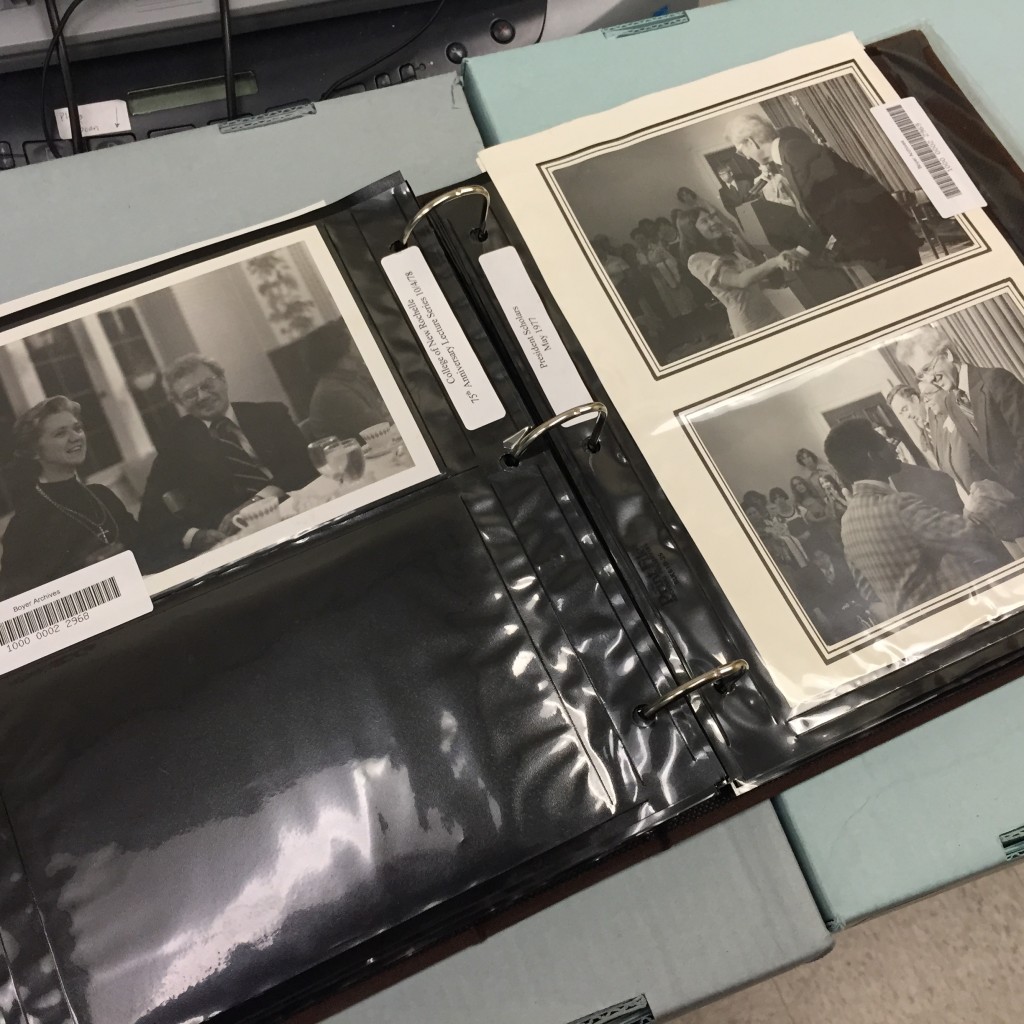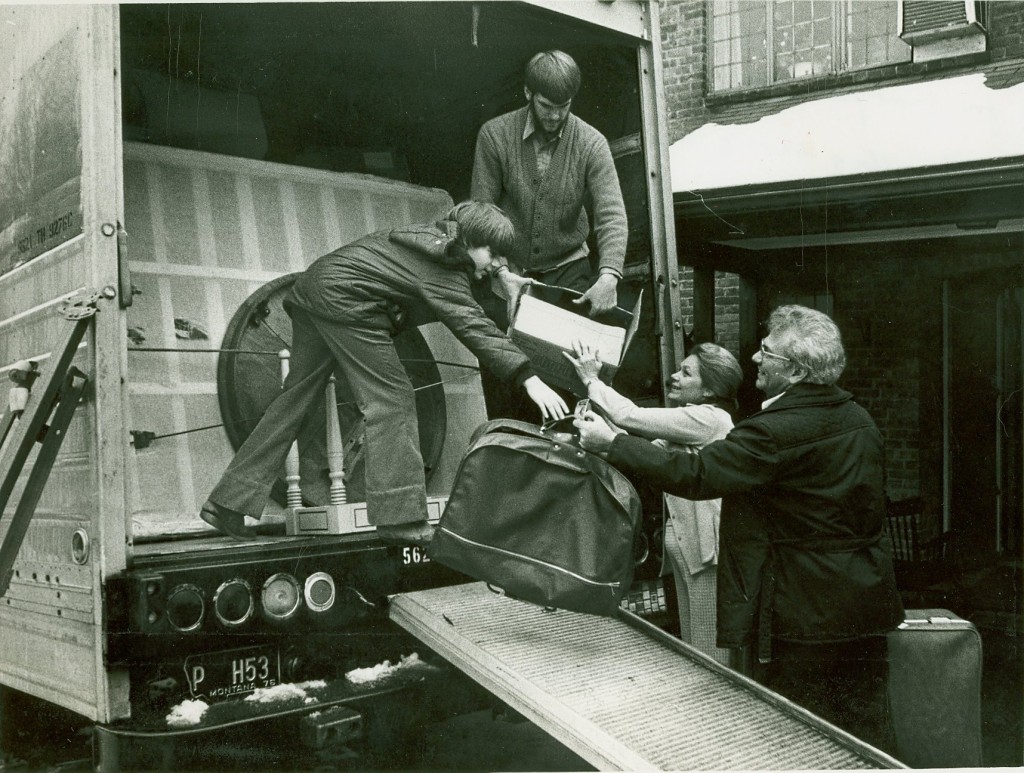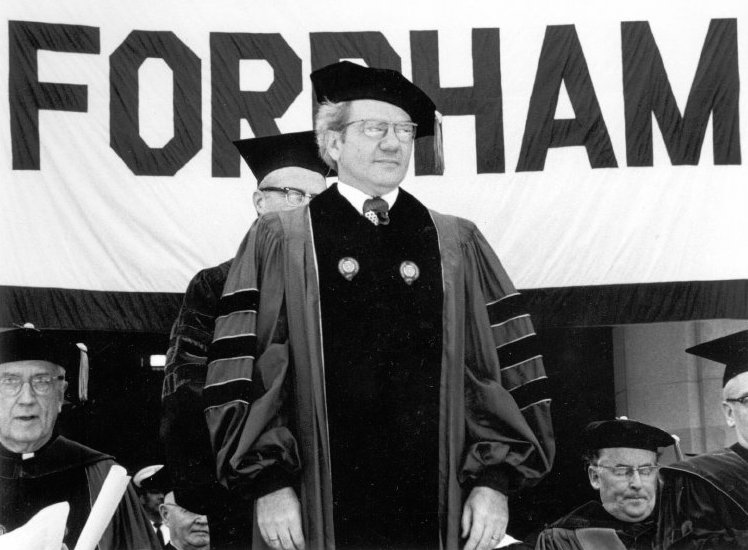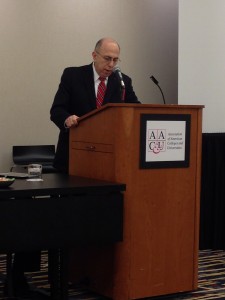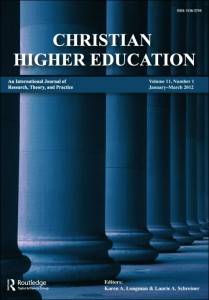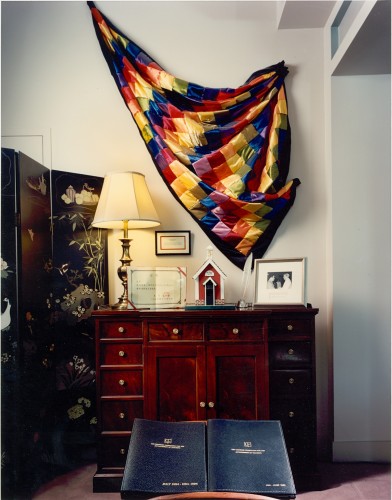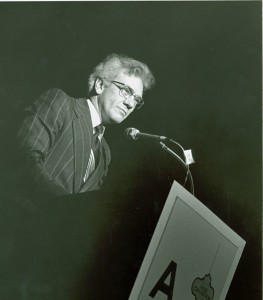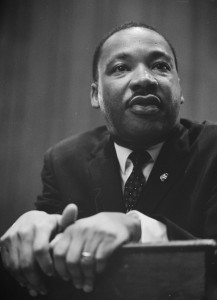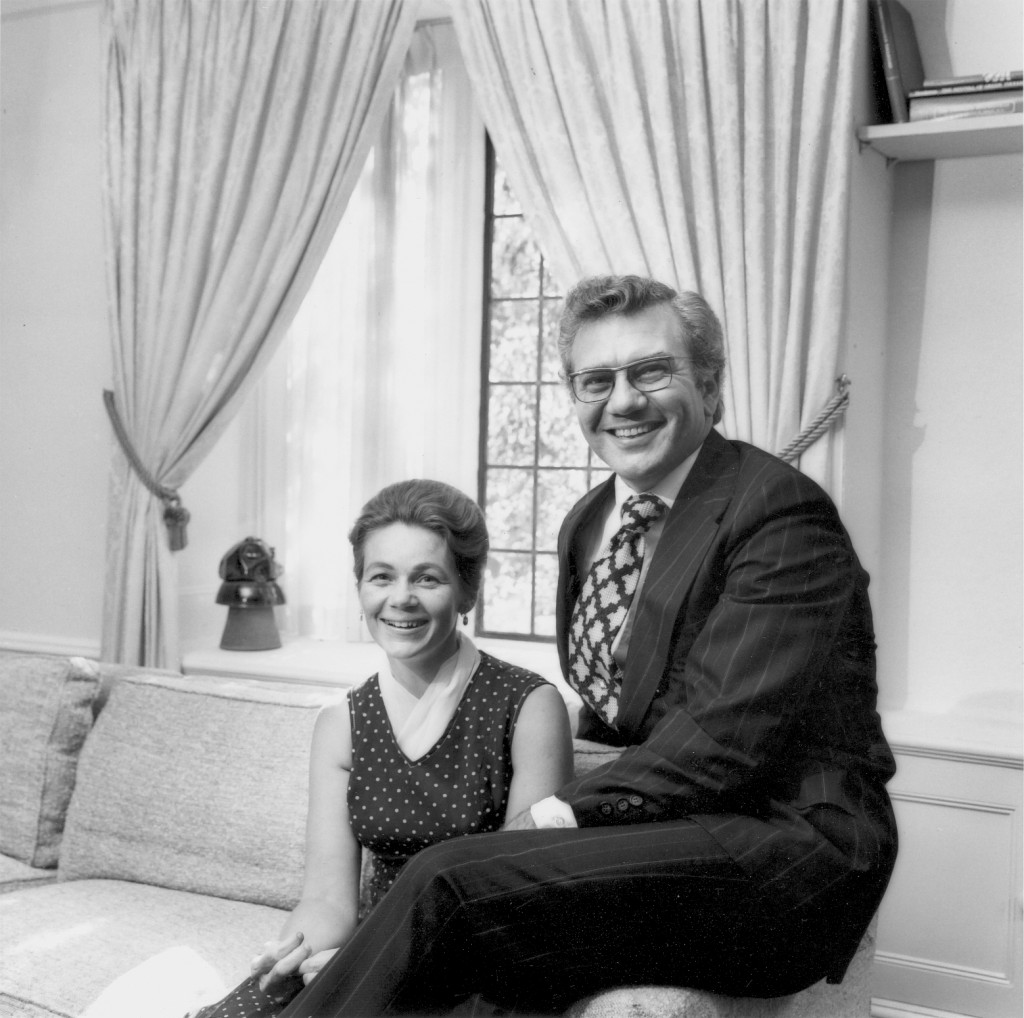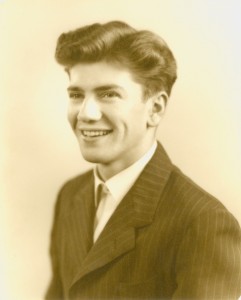
Photo of Ernest L. Boyer as a 1948 graduate of Messiah Bible College — BCA
Blogger’s Note: This post launches a new regular series here at the “Service Fulfilled” blog: Photo Friday! Each week, we’ll highlight a new image from the Archives’ photographic collection. Our image collection (which is only partially digitized) documents each and every stage of Boyer’s life, from his early years in Dayton, Ohio, to his latter years in Princeton, New Jersey. So entries in this regular series will provide an understanding of Boyer’s life and work from many different times and at many different places. Enjoy!
By the time this post goes live, the spring semester at Messiah College — the institutional “home” of the Boyer Center and its archive — will be well underway. Students have returned from their winter break and have entered into a new season of classes and extra-curricular activities. Campus is buzzing with activity now that students are back and another semester has begun!
Here in the Boyer Center Archives, the start of a new semester has me thinking about the student days of Ernie Boyer, who attended what was then Messiah Bible College from 1946-1948. (He had graduated from Messiah Academy, a two-year high school-like program, earlier.)Boyer’s 1948 graduation photo is highlighted in today’s post.
By most accounts, Boyer was a model student at the Bible College — beloved by his teachers, and popular with his fellow students. As the College’s academic dean wrote to Boyer’s father, Clarence, in 1946, “Ernest is well respected by the student body. We feel much of this is due to the interest which you as parents have had in molding his life.”
As you might suspect, Messiah was a very different institution back in the early 20th century! At the time it was owned by the Brethren in Christ Church (it no longer has legal ties to the denomination, although it maintains a close relationship) and emphasized training for missions and religious service over other vocations.
Still, the College’s present-day educational commitments — to academic excellence, to training for service and leadership, to emphasis on building community — are very much rooted in its history. In fact, in later years, Boyer would comment on the College’s “legacy” and the ways that its past continue to influence its present mission and identity. What’s more, these commitments clearly shaped Boyer personally, since he would later go on to champion such issues as education for service and community-building on campus.
We’ll be sure to highlight Boyer’s time as a college student — both at Messiah and his undergraduate alma mater, Greenville College — in future posts. Stay tuned!
